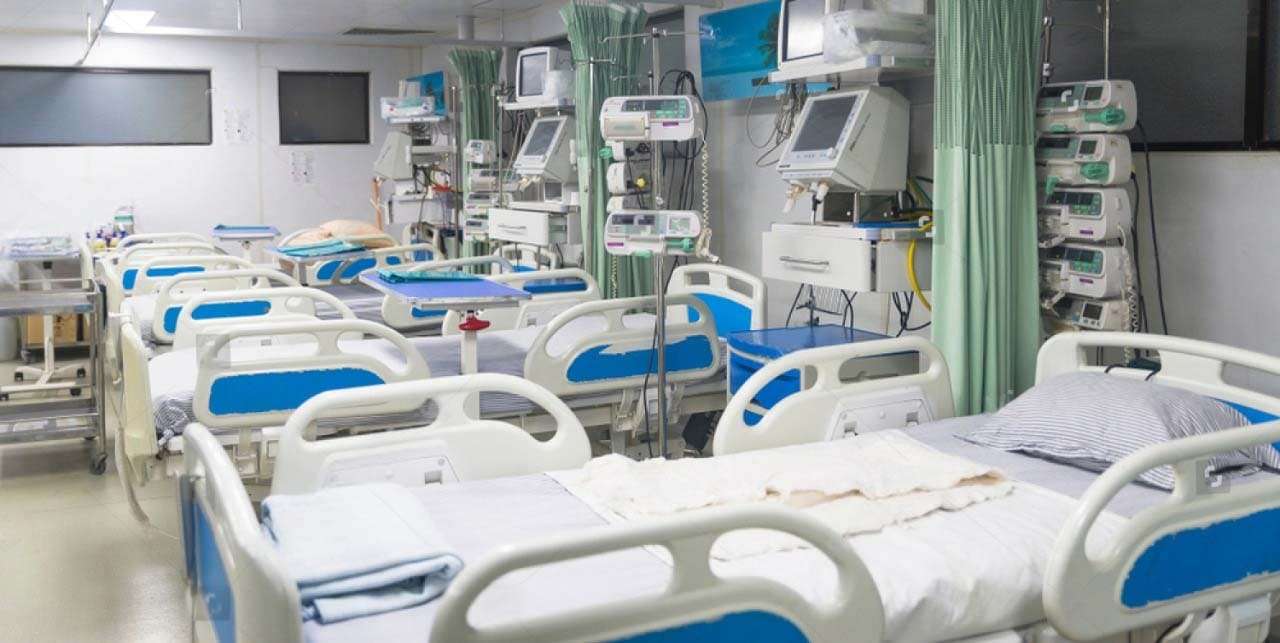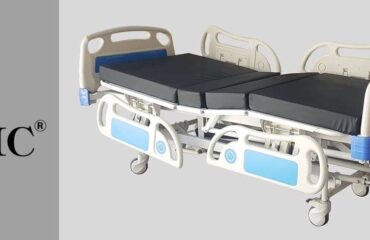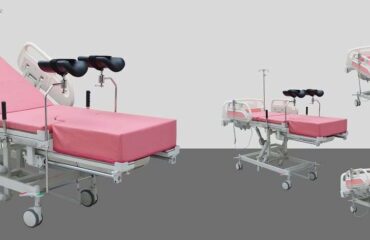Purchasing ICU bed is a critical decision for healthcare facilities, given their significant impact on patient care and operational efficiency. To ensure you get the best value for your money, consider the following steps:

Assess Needs and Specifications
- Patient Demographics: Understand the specific needs of your patient population (e.g., adult, pediatric, bariatric).
- Clinical Requirements: Determine essential features such as hospital bed adjustability, support surfaces, and integrated technology (e.g., monitoring systems).
- Facility Constraints: Evaluate space, power supply, and compatibility with existing equipment.
Set a Budget
- Cost Analysis: Include both the upfront cost and long-term expenses (maintenance, spare parts, warranty).
- Financial Planning: Ensure alignment with your facility’s financial plans and approval processes.
Research Vendors
- Reputation: Look for vendors with a strong reputation in the healthcare industry.
- Product Range: Compare different models and their features.
- Support and Service: Assess the availability of after-sales support, training, and service contracts.
Consider Key Features
- Adjustability: Ensure hospital beds can be adjusted for height, head, foot positions, and Trendelenburg/Reverse Trendelenburg.
- Safety Features: Look for side rails, emergency CPR functions, and weight capacity.
- Patient Comfort: Check for pressure-relieving mattresses, quiet motors, and smooth movement.
- Technology Integration: Consider built-in scales, bed exit alarms, and connectivity with EHR systems.
Evaluate Durability and Maintenance
- Material Quality: Choose Hospital beds made from high-quality, durable materials.
- Ease of Cleaning: Ensure beds are designed for easy cleaning and infection control.
- Maintenance Needs: Understand the maintenance requirements and availability of spare parts.
Test and Validate
- Trials: Conduct in-facility trials to see how the beds perform in real-world settings.
- Feedback: Gather feedback from nursing staff, patients, and biomedical engineers.
Review Warranty and Service Agreements
- Warranty Terms: Compare warranty periods and what is covered (parts, labor).
- Service Contracts: Evaluate the cost and scope of extended service contracts.
Training and Support
- Training Programs: Ensure the vendor provides comprehensive training for your staff.
- Technical Support: Check the availability and responsiveness of technical support services.
Negotiate and Finalize
- Price Negotiation: Negotiate the best possible price, including potential discounts for bulk purchases.
- Contract Terms: Carefully review and agree on contract terms, ensuring clarity on delivery timelines, installation, and training.
Plan for Implementation
- Delivery and Installation: Coordinate with the vendor for a seamless delivery and installation process.
- Staff Training: Schedule training sessions to ensure all relevant staff are proficient in using the new beds.
- Feedback Loop: Establish a system for ongoing feedback and continuous improvement.
By following these steps, you can ensure that you get the best value for your money when purchasing ICU beds, ultimately enhancing patient care and operational efficiency in your healthcare facility.
Hospital Equipment Mfg. Co. – Manufacturer and exporter of ICU beds in India
Hospital Equipment Mfg. Co. is one of India’s leading manufacturers and exporters of ICU beds. To ensure you get the best value for your money when purchasing ICU beds from this company or any other, it’s crucial to evaluate several factors comprehensively.
Key Factors to Consider When Purchasing ICU Beds from Hospital Equipment Mfg. Co.
Company Reputation and Credentials
- Industry Standing: Confirm that Hospital Equipment Mfg. Co. has a solid reputation in the healthcare industry, backed by certifications and positive reviews from healthcare facilities.
- Certifications: Ensure the company adheres to international standards such as ISO certification and compliance with CE marking for exports.
Product Specifications and Features
- Range of Products: Review the various models of ICU beds available and compare their specifications.
- Key Features: Look for essential features such as:
- Adjustability: Height, head, and foot positions, including Trendelenburg/Reverse Trendelenburg.
- Safety Features: Side rails, emergency CPR functions, and high weight capacity.
- Patient Comfort: Pressure-relieving mattresses, smooth motors, and minimal noise levels.
- Technological Integration: Features like built-in scales, bed exit alarms, and EHR connectivity.
Quality and Durability
- Material Quality: Ensure the beds are made from high-quality, durable materials designed to withstand rigorous use.
- Ease of Maintenance: The beds should be easy to clean and maintain, with readily available spare parts.
Cost Considerations
- Initial Cost: Compare prices of different models, considering the features and specifications.
- Long-Term Costs: Factor in the costs of maintenance, spare parts, and any extended warranties or service contracts.
After-Sales Support and Warranty
- Warranty Coverage: Look for comprehensive warranty terms covering parts and labor.
- Service Contracts: Evaluate the scope and cost of extended service contracts.
- Technical Support: Ensure the company provides reliable and responsive technical support.
Vendor Reliability and Support
- Delivery and Installation: Confirm the company’s reliability in delivering and installing the equipment on time.
- Training Programs: Ensure the vendor offers thorough training for your staff on how to use the beds effectively.
- Ongoing Support: Check for continuous technical support and training updates.
Customer Feedback and Testimonials
- References: Ask for references from other healthcare facilities that have purchased ICU beds from the company.
- Feedback: Collect feedback on the performance of the beds, the reliability of the vendor, and the quality of after-sales service.
Steps to Ensure Best Value for Money
Conduct a Needs Assessment:
Analyze your specific requirements, considering patient demographics and clinical needs.
Budget Planning:
Develop a detailed budget that includes both upfront costs and long-term expenses.
Product Testing and Trials:
If possible, arrange for a trial period to evaluate the beds in real-world conditions.
Negotiation:
Negotiate the price and terms to get the best deal, including discounts for bulk purchases.
Finalizing the Purchase:
Ensure all contract terms are clear, including delivery, installation, training, and service agreements.

